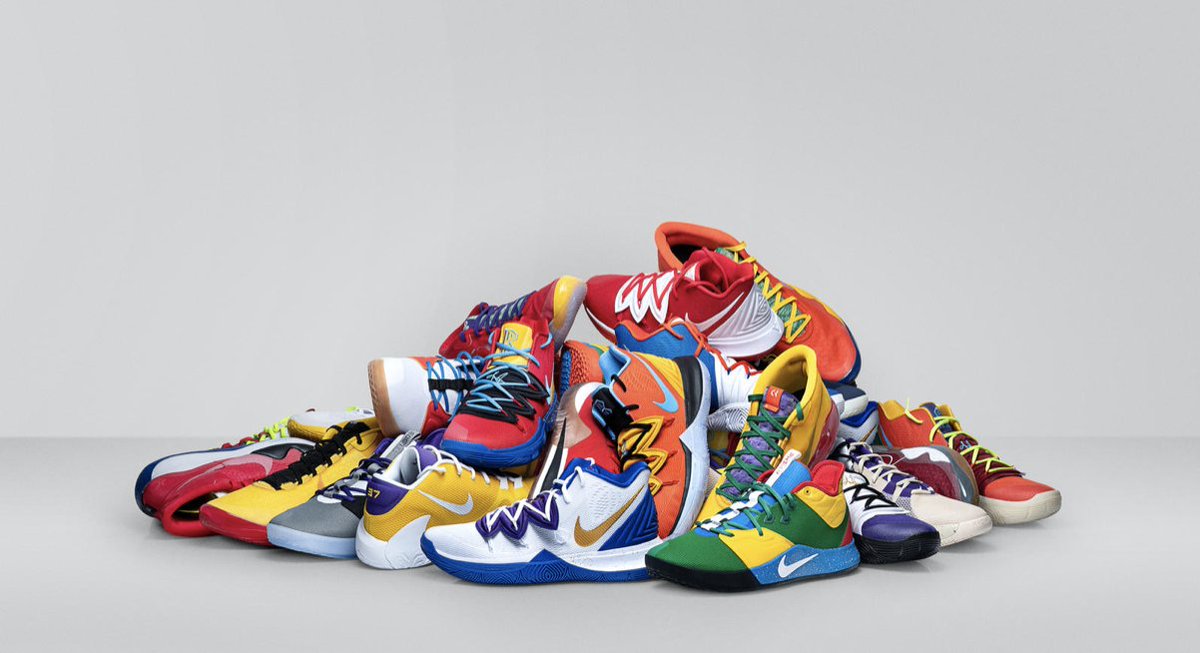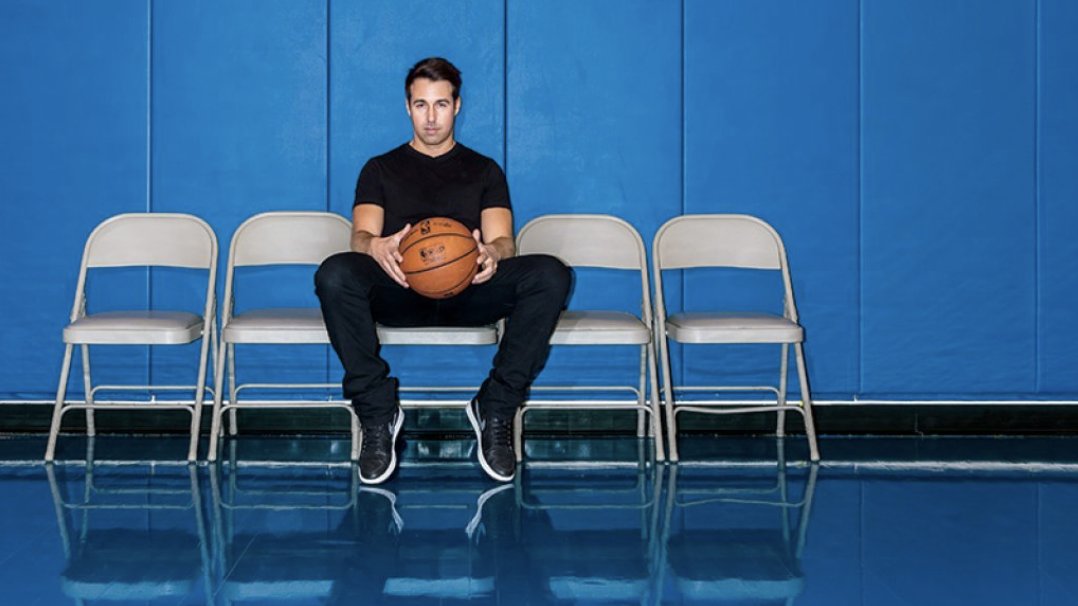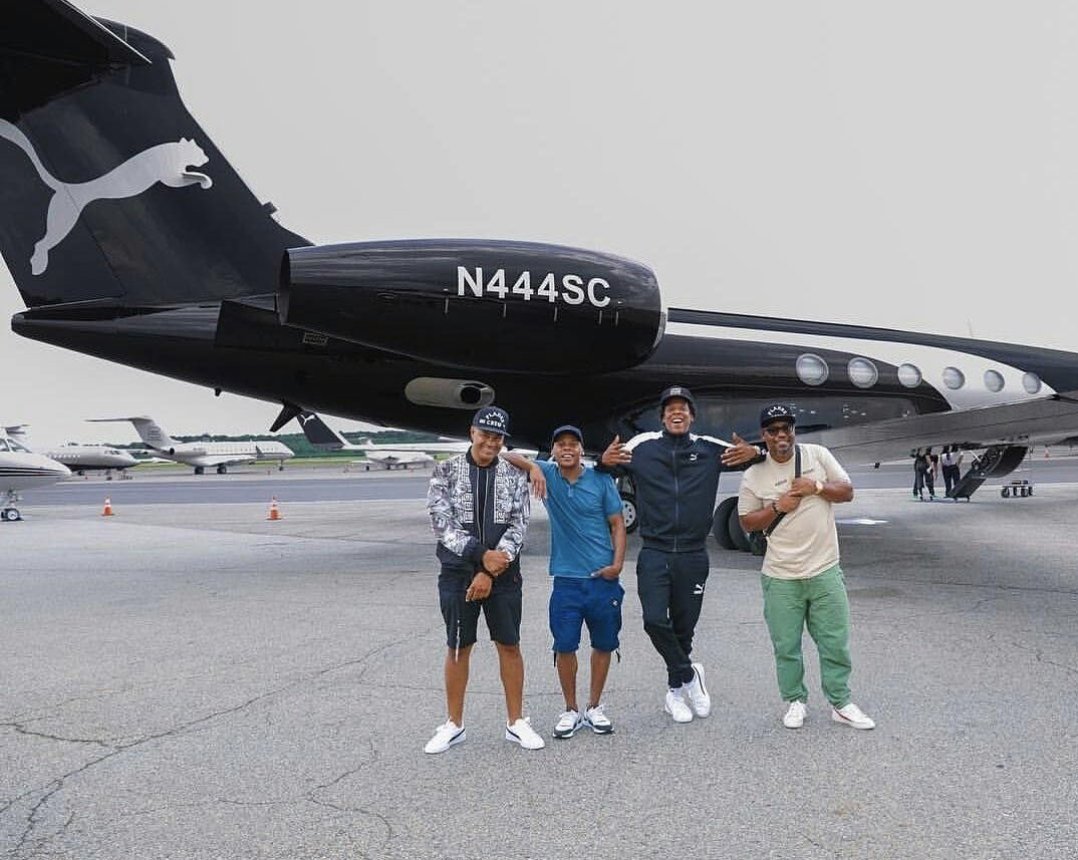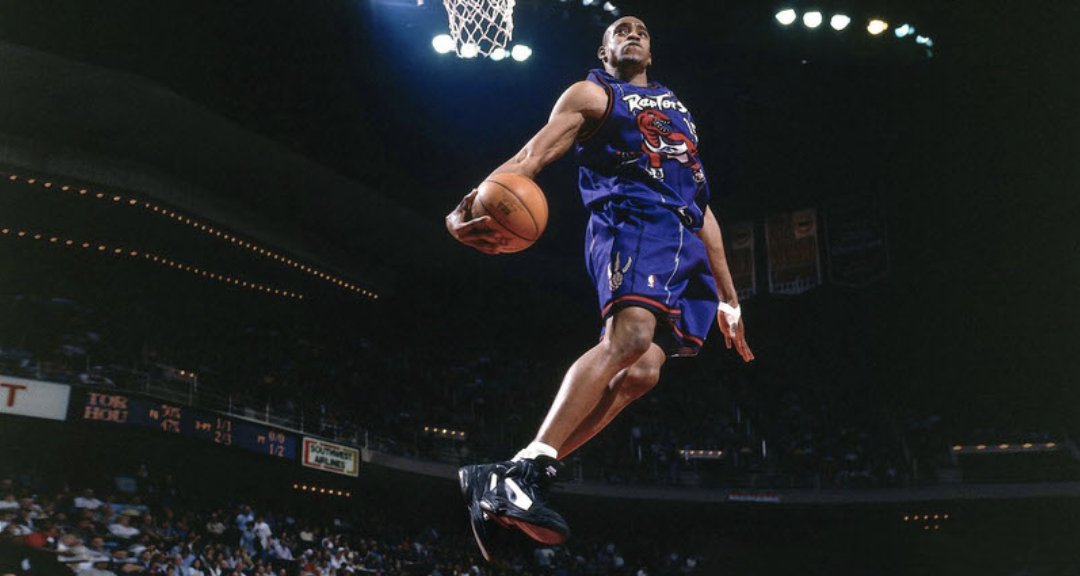
Stephen Curry & Under Armour officially launched the Curry Brand today, attempting to emulate Nike's success with Michael Jordan.
The interesting part?
Nike missed out on Stephen Curry by $1.5 million.
Time for a thread 👇👇👇
The interesting part?
Nike missed out on Stephen Curry by $1.5 million.
Time for a thread 👇👇👇

1) First, let's set the stage.
There are 3 types of shoe deals in the NBA, per @AlexKennedyNBA & @NickDePaula:
1. Signature Deals
2. Cash Deals
3. Merchandise Deals
The differences?
Let's run through 'em...
There are 3 types of shoe deals in the NBA, per @AlexKennedyNBA & @NickDePaula:
1. Signature Deals
2. Cash Deals
3. Merchandise Deals
The differences?
Let's run through 'em...

2) Signature shoe deals are reserved for superstar players — think LeBron James, Kevin Durant & James Harden.
Economics:
— Paid $5-$15 million annually
— Receive ~5% royalties
— Unlimited merchandise
— Signature shoes & apparel
Only 15-20 NBA players have signature shoe deals.
Economics:
— Paid $5-$15 million annually
— Receive ~5% royalties
— Unlimited merchandise
— Signature shoes & apparel
Only 15-20 NBA players have signature shoe deals.

3) Cash deals are reserved for good players that haven't reached signature shoe status — think Bradley Beal & DeMar DeRozan.
— $200k to $3M annually
— Incentive-heavy contracts
— Include marketing appearances
— No signature shoe
Around 20% of the NBA has a cash shoe deal.
— $200k to $3M annually
— Incentive-heavy contracts
— Include marketing appearances
— No signature shoe
Around 20% of the NBA has a cash shoe deal.

4) Beneath signature & cash shoe deals are merchandise deals, which represents ~75% of the NBA.
While players aren't paid to wear the shoes, they'll receive free merchandise throughout the year — typically $25,000 or higher depending on the player.
Now back to Stephen Curry…
While players aren't paid to wear the shoes, they'll receive free merchandise throughout the year — typically $25,000 or higher depending on the player.
Now back to Stephen Curry…
5) When Stephen Curry was drafted 7th overall in 2009, he signed with Nike on a cash shoe & apparel deal.
When his contract expired in 2013, his choices came down to Nike & Under Armour.
First up — Nike makes their pitch.
When his contract expired in 2013, his choices came down to Nike & Under Armour.
First up — Nike makes their pitch.

6) To make a long-story short, Nike's pitch to keep Stephen Curry was a disaster.
They pronounced his name as "Steph-on" and used an old presentation with Kevin Durant's name in it.
"I stopped paying attention after that," says Dell Curry.
Next up — Under Armour.
They pronounced his name as "Steph-on" and used an old presentation with Kevin Durant's name in it.
"I stopped paying attention after that," says Dell Curry.
Next up — Under Armour.

7) Stephen Curry's meeting with Under Armour went much better, as they pitched him on becoming a signature athlete.
UA offered Curry $4M annually — compared to the $2.5M deal Nike offered.
The catch?
Nike's contract allowed them to match.
Even still, they declined.
UA offered Curry $4M annually — compared to the $2.5M deal Nike offered.
The catch?
Nike's contract allowed them to match.
Even still, they declined.
8) While UA has struggled in recent years, their commitment to Stephen Curry has been a home run.
Global Footwear Sales
2013: $300M
2019: $1B
In 2016, a wall street analyst even projected Curry was worth $14B to Under Armour.
Next up — the Curry Brand.
Global Footwear Sales
2013: $300M
2019: $1B
In 2016, a wall street analyst even projected Curry was worth $14B to Under Armour.
Next up — the Curry Brand.

9) Under Armour officially launched the Curry Brand today — similar to what Nike did with Michael Jordan.
The Jordan Brand
— $3B in annual sales
— $130M in annual royalties to MJ
— Nike has paid MJ over $1B in total
Will Stephen Curry have similar success?
Only time will tell.

The Jordan Brand
— $3B in annual sales
— $130M in annual royalties to MJ
— Nike has paid MJ over $1B in total
Will Stephen Curry have similar success?
Only time will tell.


10) As for Stephen Curry himself, he has a shot to become the second billionaire in basketball.
How?
Get this...
MJ makes over $130M annually almost two decades after retirement, which is more than he made his entire NBA career.
Remember, equity is key.
How?
Get this...
MJ makes over $130M annually almost two decades after retirement, which is more than he made his entire NBA career.
Remember, equity is key.
If you enjoyed this thread, you should:
1. Follow me, I tweet cool sports business stories everyday.
2. Subscribe to my free daily newsletter where I give detailed analysis on topics involving the money and business behind sports.
readhuddleup.com
1. Follow me, I tweet cool sports business stories everyday.
2. Subscribe to my free daily newsletter where I give detailed analysis on topics involving the money and business behind sports.
readhuddleup.com
Also, don't forget @AthleticBrewing is the reason I'm able to create sports business content full-time.
If you want to support me, buy some beer - it's really great stuff.
Use code "JOE25" for 25% off at athleticbrewing.com
If you want to support me, buy some beer - it's really great stuff.
Use code "JOE25" for 25% off at athleticbrewing.com
• • •
Missing some Tweet in this thread? You can try to
force a refresh













